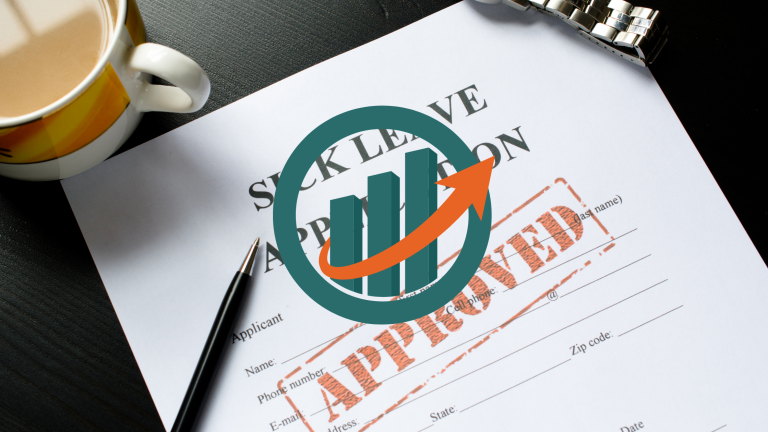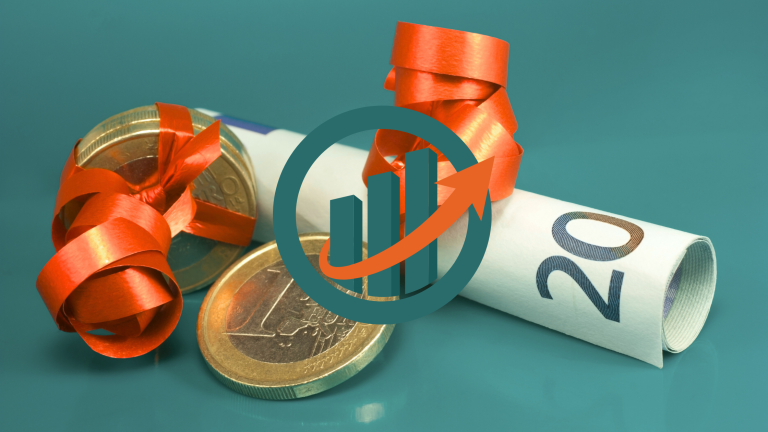When it comes to running a successful business, cash flow is king. But despite its critical importance, many business owners still struggle to manage it effectively. The good news is you don’t need to be a finance expert to understand cash flow – but ignoring it could sink your business faster than a bad sales month.
I can’t tell you how many business owners I’ve met who confuse “profit” with “cash in the bank.” It’s an easy mistake to make, but it’s a dangerous one. You can be profitable on paper and still run out of money. If you don’t have enough cash in the bank to pay wages, cover overheads, or pay taxes, then you’re in trouble – regardless of how great your profit margins look.

So how do we simplify cash flow forecasting and make it more manageable for non-finance people?
Understanding Cash Flow: The Basics
Before we dive into the forecasting method, let’s first clarify what cash flow really is. Simply put, cash flow is the movement of money in and out of your business.
It’s easy to think that your business is thriving if you’re making a profit, but profit is a paper number. Cash in the bank, however, is what keeps your business running day-to-day. If your sales are strong but you’re not getting paid on time or your expenses are higher than expected, your cash flow can take a hit — and this is where forecasting becomes vital.
The 3-Line Cash Flow Forecasting Method
Now that we know why cash flow is so important, let’s simplify how to forecast it. With this 3-line method, you’ll have a clear, practical way to predict your cash flow each week or month.
- Money In: What income do you realistically expect this month?
- This is your expected revenue for the period, considering all sources of income – including sales, payments from clients, or any other incoming funds.
- Be conservative here. It’s always better to under-promise and over-deliver than the other way around.
- Money Out: What bills, wages, VAT, rent, etc., are due?
- List all the payments you need to make in the given period. This includes operational costs such as rent, utilities, wages, supplier invoices, taxes (including VAT), and any loan repayments.
- These should be predictable costs – things that you know will come up every month or quarter.
- Buffer: What’s your cushion – how long can you operate if income slows?
- This is your emergency fund, your cushion, or your cash reserves.
- The buffer is how much you’d need in the bank to continue operating for a few weeks or even months if income were to suddenly decrease or be delayed.
Tools to Help You Visualise Your Cash Flow
While the 3-line method is simple, visualising it can make all the difference. Fortunately, there are plenty of tools available to help you track and manage your cash flow effectively. Whether you’re a small business owner or managing a larger team, these tools can make the process easier and more accurate.
- Float: This is a great tool for cash flow forecasting. It integrates with your accounting software to provide a clear view of your incoming and outgoing cash.
- Surf Accounts: Another excellent tool for tracking your business finances and forecasting cash flow with ease.
- Google Sheets: If you’re just starting and want a low-cost option, a well-structured Google Sheet can work wonders. Simply input your expected cash inflows and outflows, and you can quickly get a snapshot of your cash flow situation.
Why Forecasting Isn’t About Perfection
The goal of cash flow forecasting isn’t to create a perfectly accurate picture of your finances every time. The reality is, things can change quickly. Sales might fall short, or an unexpected expense could pop up.
Instead, the goal is to be prepared. Forecasting helps you anticipate potential cash shortfalls, giving you time to adjust or plan for alternative solutions, like securing a short-term loan, deferring a payment, or cutting back on non-essential expenses. It’s all about being proactive, not reactive.
Conclusion
Cash flow forecasting doesn’t have to be complicated. In fact, it’s one of the simplest ways you can ensure the financial health of your business. By following the 3-line method, keeping track of your inflows and outflows, and maintaining a healthy buffer, you can avoid common pitfalls that many businesses face when they fail to plan ahead.
See our startup packages or just reach out for a chat.






